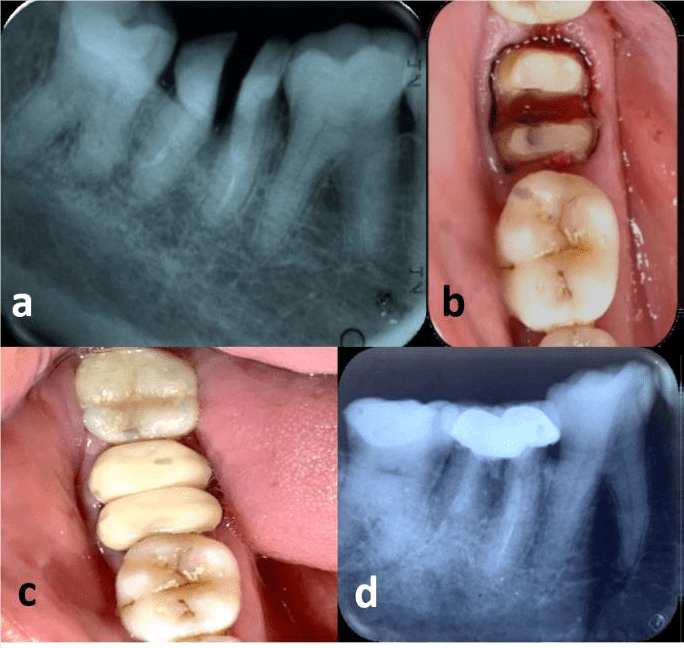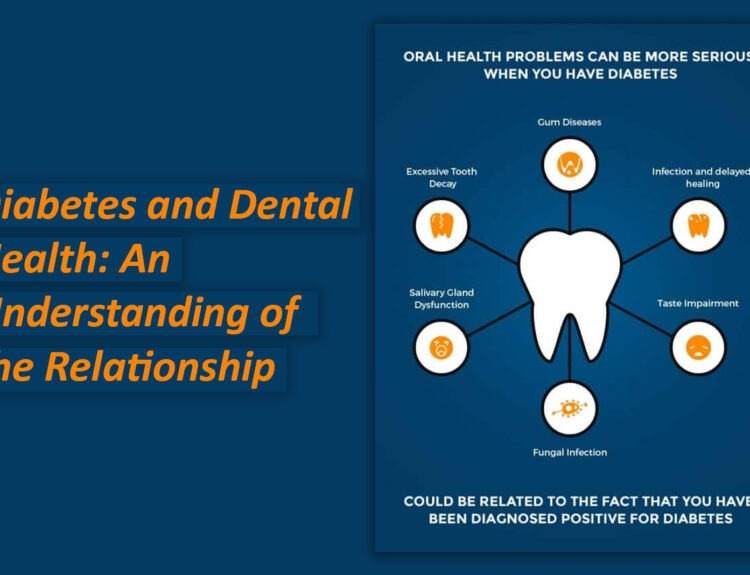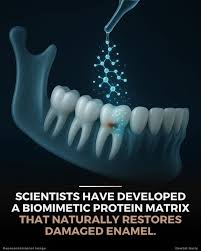Bicuspidization is a conservative and functional surgical procedure in dentistry. Dentists perform it primarily to manage lower molars with furcation involvement. The furcation of a tooth is the area in multi-rooted teeth where the roots diverge or branch off from the main root trunk.
Bicuspidization generally involves the division of a bi-rooted lower molar into two separate parts, each functioning independently like a premolar, or “bicuspid.” A premolar has two cusps, therefore, dentists call it bicuspid. This approach offers an alternative to extraction or complex periodontal surgery. It helps preserve natural dentition, maintaining occlusal stability and function. The justification behind bicuspidization is to eliminate the furcation, which is generally difficult to clean and maintain, and instead create two independently functioning tooth segments that are easier to manage both hygienically and functionally.
Indications
Bicuspidization becomes essential in the following cases:
- Grade 2 tooth mobility which indicates a tooth can move more than 1mm horizontally in a facial-lingual direction.
- Severe vertical bone loss confined to the furcation area
- Tooth decay involving the furcation
- Fractures through the furcation area but with salvageable roots
- Patient preference for a tooth-preserving alternative over extraction or implants
Procedure
The tooth is sectioned along the furcation area using a bur under copious water irrigation, splitting the molar into two premolar-like structures. Since the pulp chamber is sectioned, root canal therapy on both roots is performed before bicuspidization. Each half is restored individually with a separate full-crown to ensure long-term durability and function.
Advantages
- Preserves natural tooth structure
- Improves oral hygiene
- Maintains function
Prognosis
Studies show that bicuspidization, when properly executed, can have a favorable long-term prognosis. Success depends on root anatomy, patient compliance with oral hygiene, and the quality of restorative care. Long-term follow-ups reveal that these teeth can function well for many years, especially in motivated patients.





